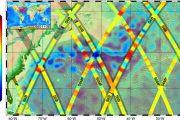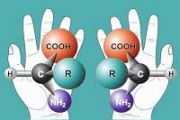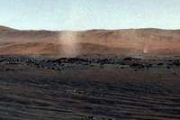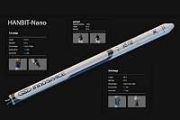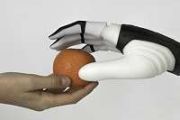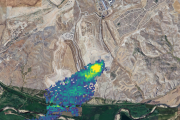
Copernical Team
Webb liftoff on Ariane 5 to unlock secrets of the Universe
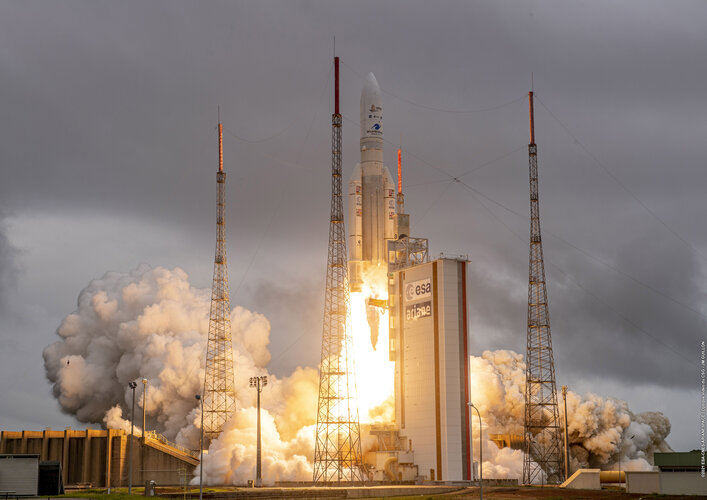
The James Webb Space Telescope lifted off on an Ariane 5 rocket from Europe’s Spaceport in French Guiana, at 13:20 CET on 25 December on its exciting mission to unlock the secrets of the Universe.
Liftoff replay: Webb on Ariane 5
 Video:
00:01:09
Video:
00:01:09
The James Webb Space Telescope lifted off on an Ariane 5 rocket from Europe’s Spaceport in French Guiana, at 13:20 CET on 25 December on its exciting mission to unlock the secrets of the Universe.
NASA telescope set for launch on million-mile voyage
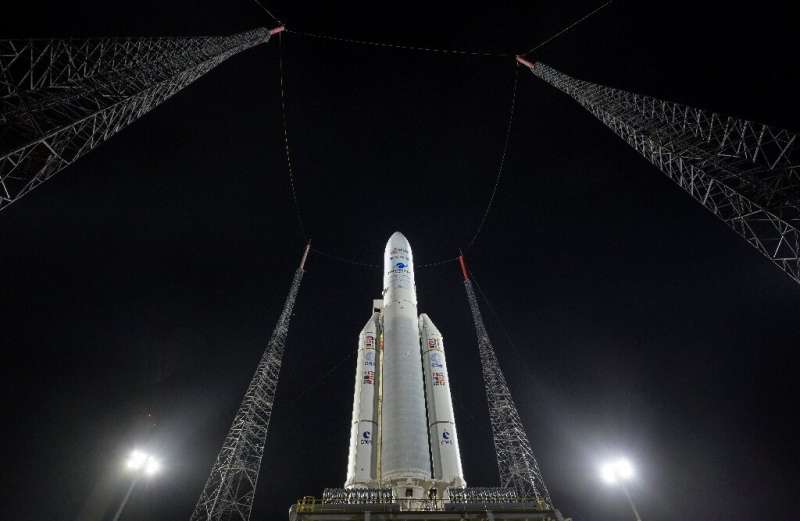
The world's most powerful space telescope is set to blast off on Saturday to its outpost 1.5 million kilometres (930,000 miles) from Earth, after several delays caused by technical hitches.
The James Webb Space Telescope, some three decades and billions of dollars in the making, will leave Earth enclosed in its Ariane 5 rocket from Kourou Space Centre in French Guiana.
UPDATE:Space telescope launched on daring quest to behold 1st stars
The launch, scheduled in a brief window after 9:20 am (1220 GMT), will send the telescope on a month-long journey to its remote orbit.
It is expected to beam back new clues that will help scientists understand more about the origins of the Universe and Earth-like planets beyond our solar system.
Space telescope launched on daring quest to behold 1st stars
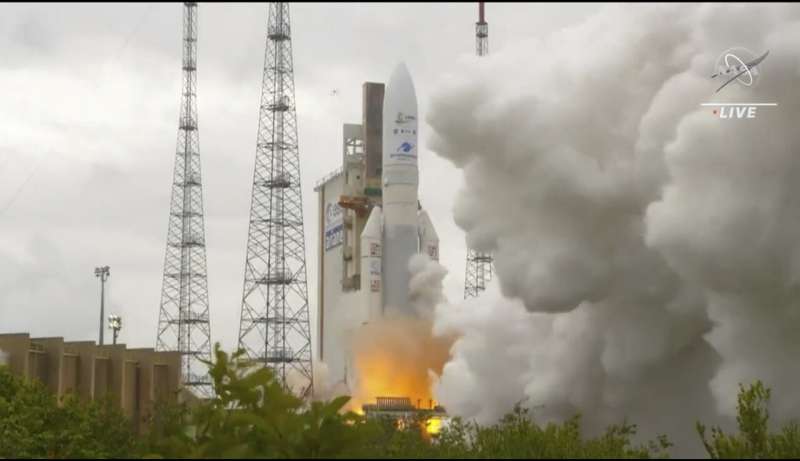
The world's largest and most powerful space telescope rocketed away Saturday on a high-stakes quest to behold light from the first stars and galaxies and scour the universe for hints of life.
Best wishes to Webb from space
 Video:
00:02:49
Video:
00:02:49
From one space flier to another, ESA astronaut Matthias Maurer shares a message of support for the James Webb Space Telescope (Webb) launch, from ESA’s Columbus science laboratory on the International Space Station.
Matthias is currently living and working in space for his first mission known as Cosmic Kiss. He describes themission of Webb as part of humankind’s biggest adventure, as we explore the cosmos to understand our place within it.
Webb is the next great space science observatory following Hubble, designed to answer outstanding questions about the Universe and to make breakthrough discoveries in all fields of astronomy.
World's most powerful telescope blasts off into space
 The world's most powerful space telescope on Saturday blasted off into orbit, headed to an outpost 1.5 million kilometres (930,000 miles) from Earth. The James Webb Space Telescope left Earth enclosed in its Ariane 5 rocket from the Kourou Space Centre in French Guiana at 1220 GMT, according to an AFP journalist on the scene.
The world's most powerful space telescope on Saturday blasted off into orbit, headed to an outpost 1.5 million kilometres (930,000 miles) from Earth. The James Webb Space Telescope left Earth enclosed in its Ariane 5 rocket from the Kourou Space Centre in French Guiana at 1220 GMT, according to an AFP journalist on the scene. Red velvet Mars
 Image:
Red velvet Mars
Image:
Red velvet Mars Webb on Ariane 5 poised for launch
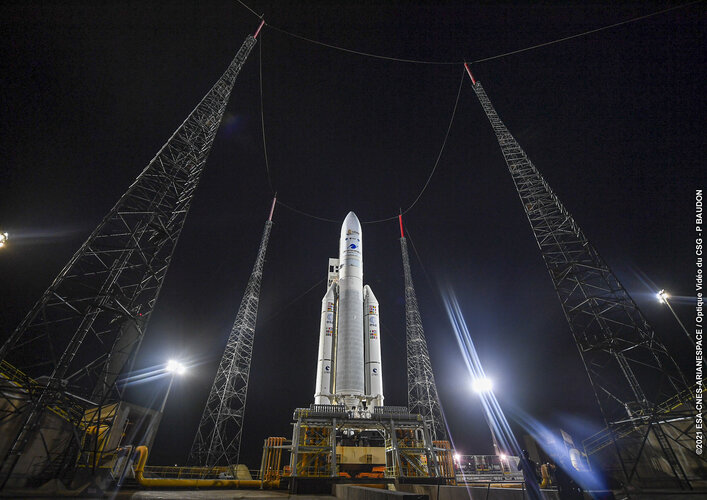 Image:
Image:
The James Webb Space Telescope is safely stowed inside the fairing of ESA’s Ariane 5 launch vehicle, which is now on the launch pad undergoing final checks and fuelling for a targeted liftoff at 12:20 GMT / 13:20 CET on 25 December from Europe's Spaceport in French Guiana.
Webb will be the largest, most powerful telescope ever launched into space. As part of an international collaboration agreement, ESA is providing the telescope’s launch service using the Ariane 5 launch vehicle. Working with partners, ESA was responsible for the development and qualification of Ariane 5 adaptations for the Webb mission and
French Guiana awaits historic Webb telescope launch
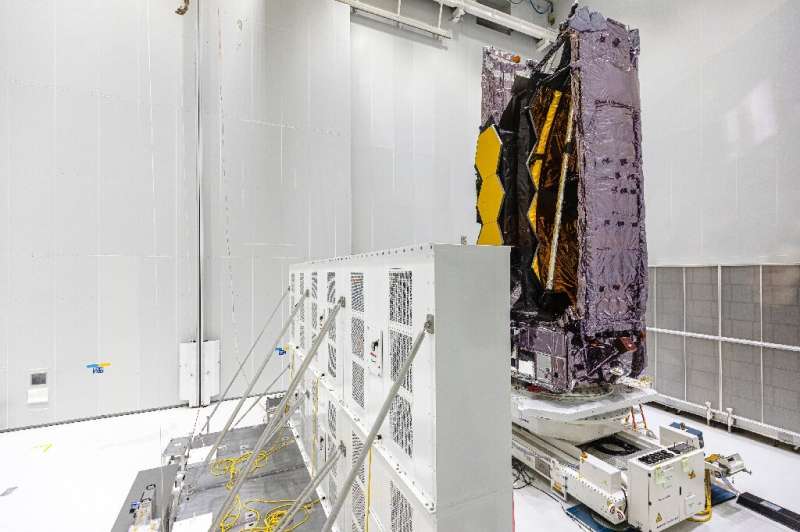
Like kids dreaming of presents under the tree, the scientists at the Jupiter control room at the Guiana Space Centre in Kourou are patiently waiting for December 25.
The James Webb Space Telescope—soon to become the most powerful ever to be launched into space—after technical and weather delays is set to take off on Christmas Day from the base in France's South American department.
"We can't wait for it to launch," says Jean-Luc Mestre, engineer and vice-director of operations at the French National Centre for Space Studies (CNES).
This rocket's payload, the Webb telescope, is a piece of technology worked on by thousands of people for over a quarter of a century.
"Everything is ready," Mestre adds. "Now all we need is the right weather."
For days heavy winds and rain have lashed the dense tropical forest surrounding the base, though you'd never know it from inside the vault-like control room, its windowless walls dominated by a bank of glowing screens.
EXPLAINER: Veteran Hubble vs. new Webb space telescope

Don't ask astronomers to choose between the Hubble Space Telescope and the new kid on the cosmic block, the James Webb Space Telescope.



